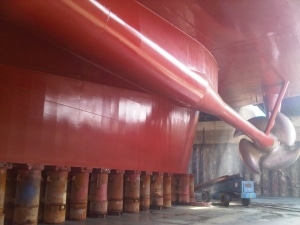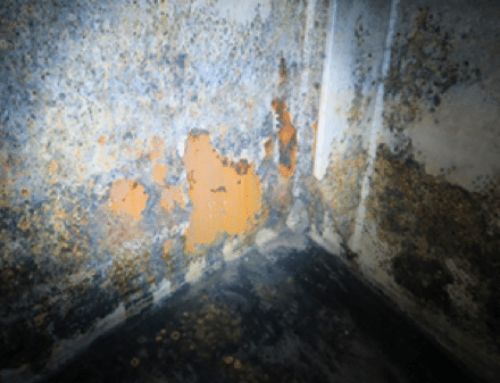What are the clear and present benefits of silicone binder systems?
Why are we still polluting oceans and marinas with antifouling when there are now excellent alternatives available with silicone?
We’ve all seen it at one time or another. The crew of a superyacht berthed in a harbour or anchored in quiet waters come out on the tender to spruce up the exterior. The boss is arriving soon and the boat must look at her best. As they wash around the waterline a cloud of antifouling is emitted. This begs the question as to what is going on under the waterline where no-one but the fish are looking? And what would the yacht’s owners and their guests say, many of whom are very concerned with environmental issues and attach great importance to the preservation of the world’s pristine waters in which they love to dive?
Ferry after 3 years
Embracing the new
As leading experts in superyacht coatings, the team at CCS see good arguments for using a pure silicone binder fouling release system all the way around the yacht. This is a clear example of a relatively new product on the market which eco-conscious superyacht yards and owners should take into account. We are not here to promote any particular brand, but the concept itself is certainly worth taking into consideration.
It is entirely incongruous that yachts which enable us to explore some of the most beautiful parts of the world in style and comfort are simultaneously responsible for dumping a great deal of poison into the oceans in the form of antifouling.
The use of silicone-based antifouling systems can significantly reduce this pollution as there is no toxic release.
Maersk FPSO 6 years idle in west Australia – after 150 bar washing.
Slime stopper
One of the well-known drawbacks of fouling release technologies is that their effectiveness reduces over time. This is often seen at the waterline where the impact of sunlight, dirt and UV radiation leads to the aggregation of slime.
A pure silicone binder system results in an increased silicone density on the yacht’s surface so that slime organisms do not recognise it as a surface substrate and have no chance to settle. This significantly extends the effectiveness of the coating, provides fuel savings of up to eight percent, and offers improved colour and gloss retention. Dynamic surface regeneration properties enhance stability of the products throughout its lifetime.
The only possible downside is contamination by silicone when applying the system itself. Overspray of this product on another part of the yacht can cause significant challenges when the time comes to paint. This is easily avoidable for a professional coating company or yard with good preparation and proper tenting.
Making a shift like this is for experienced yacht builders who recognise their responsibility to the planet and the ever-increasing desire of owners to be and be seen to be environmentally friendly.
Read the full article written by Paul Bournas.





